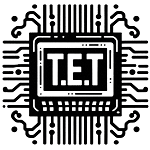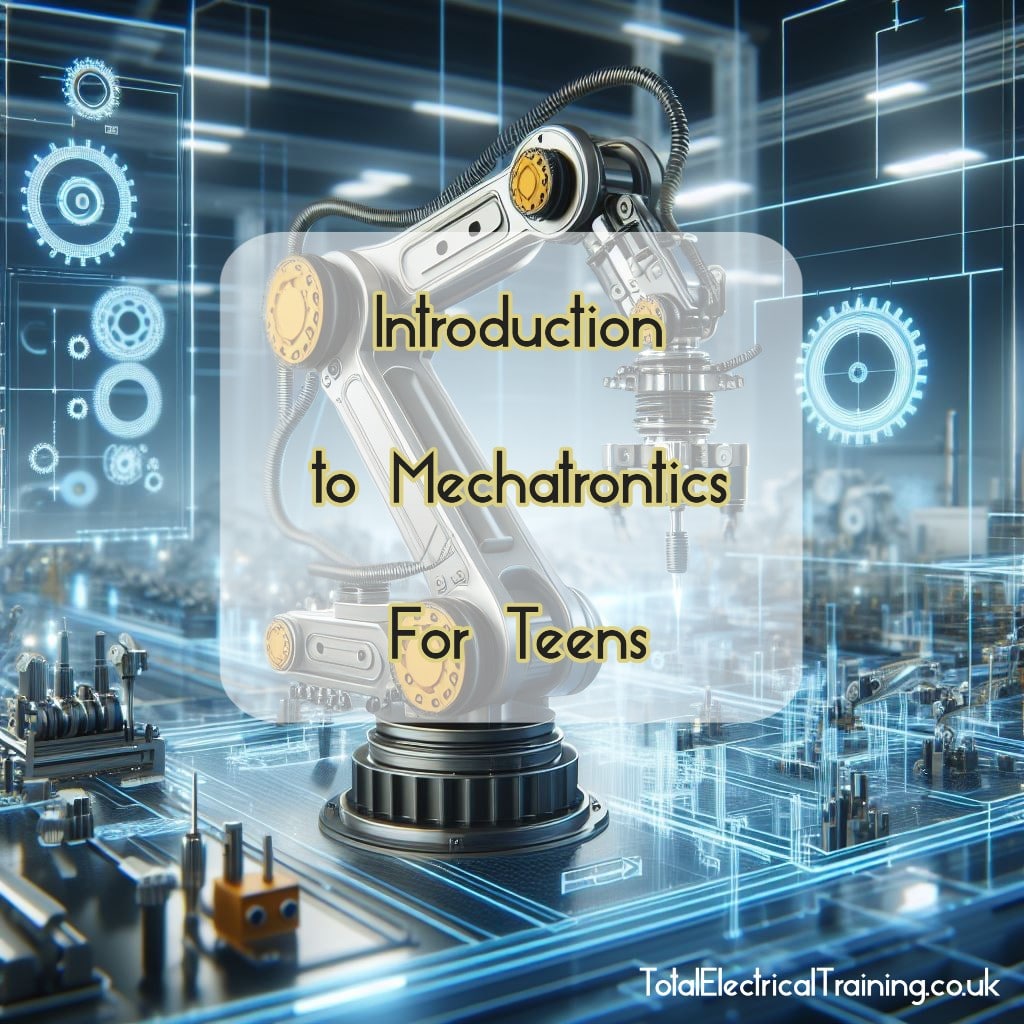Click the simple table below to view the FREE Mechatronics Course for Teens OVERVIEW
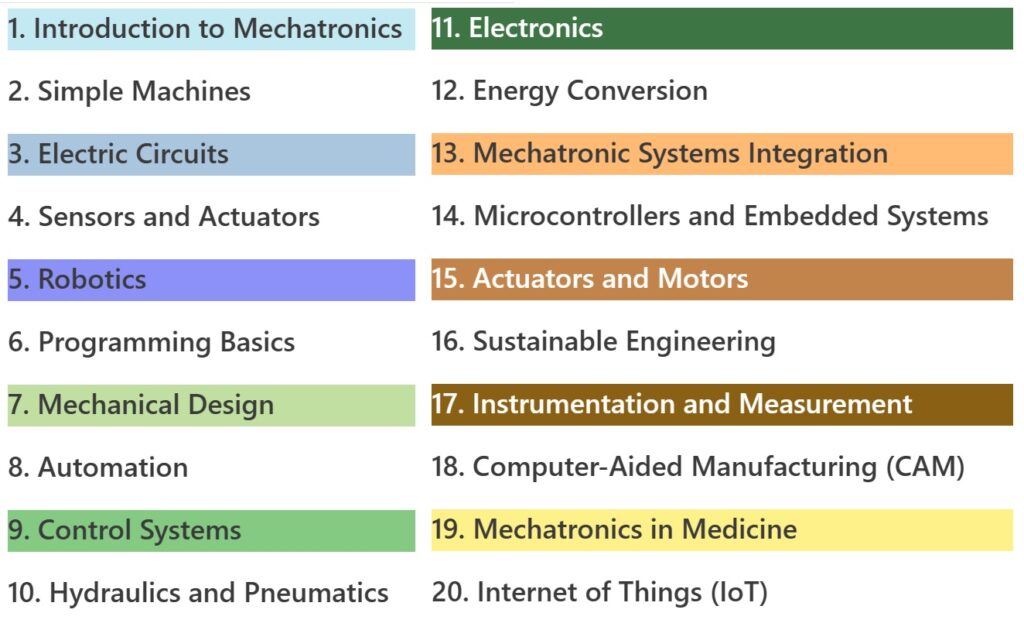
This Lessons Contains: READING, VIDEOS, QUESTIONS, and A SIMULATION PROJECT.
Exploring Sensors and Actuators: The Building Blocks of Modern Technology
In the dynamic world of electrical engineering, sensors and actuators play vital roles in making devices smart, responsive, and efficient. Whether it’s detecting changes in the environment or triggering actions in response to those changes, these components form the backbone of many technological innovations. Let’s delve into what sensors and actuators are, how they work, and their common applications.
1. What is a Sensor?
A sensor is like a mini detective that gathers information from its surroundings. It detects changes in physical quantities such as temperature, light, pressure, or motion, and converts them into electrical signals. These signals can then be processed and used to make decisions or trigger actions. Sensors are the eyes and ears of electronic systems, providing crucial data for monitoring and control.
2. How do Actuators Work?
Actuators are the muscle behind the operation of machines and devices. Unlike sensors that sense changes, actuators are devices that cause physical movements or actions in response to electrical signals. They take input from a controller or a computer and convert it into mechanical motion, such as opening a valve, moving a robotic arm, or adjusting the position of a camera. Actuators come in various forms, from simple motors to sophisticated hydraulic systems, and they play a key role in bringing automation to life.
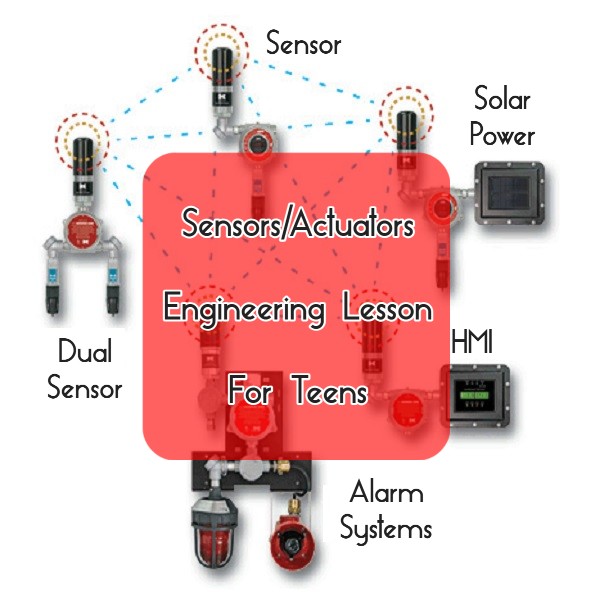
3. What are some Common Types of Sensors?
Sensors come in a wide variety of types, each tailored to detect specific physical properties. Here are some common types of sensors:
- Temperature sensors: These detect changes in temperature and are widely used in thermostats, weather stations, and HVAC systems.
- Light sensors: Also known as photodetectors, these sensors measure light intensity and are found in cameras, solar panels, and automatic lighting systems.
- Pressure sensors: Used to measure pressure changes in gases or liquids, they are essential in applications like automotive tire pressure monitoring systems and industrial pressure control.
- Motion sensors: These detect movement and are commonly found in security alarms, automatic doors, and gaming consoles.
- Proximity sensors: Used to detect the presence or absence of objects within a certain range, they are often employed in smartphones, robotics, and industrial automation.
4. In What Ways are Actuators Used in Robotics?
Actuators are the muscle behind robotic movements, enabling them to interact with their environment and perform tasks. In robotics, actuators are used for:
- Joint movement: Actuators like servo motors or stepper motors control the movement of robotic joints, allowing robots to bend, rotate, and extend their limbs.
- Gripping and manipulation: Actuators such as pneumatic cylinders or electric grippers enable robots to pick up objects, manipulate tools, and perform precise tasks with dexterity.
- Locomotion: Actuators drive the wheels, legs, or propellers of robotic platforms, enabling them to move and navigate through different terrains.
In summary, sensors and actuators are the essential components that enable electronic devices to sense, respond, and interact with the world around them. From monitoring environmental conditions to controlling robotic movements, these building blocks of technology continue to drive innovation and shape the future of engineering.
Hands on Project for this Lesson
Design a light sensor circuit in Circuit Lab (you’ll need to do some basic research on how to use circuit lab and also find the light sensor circuit to diagram.
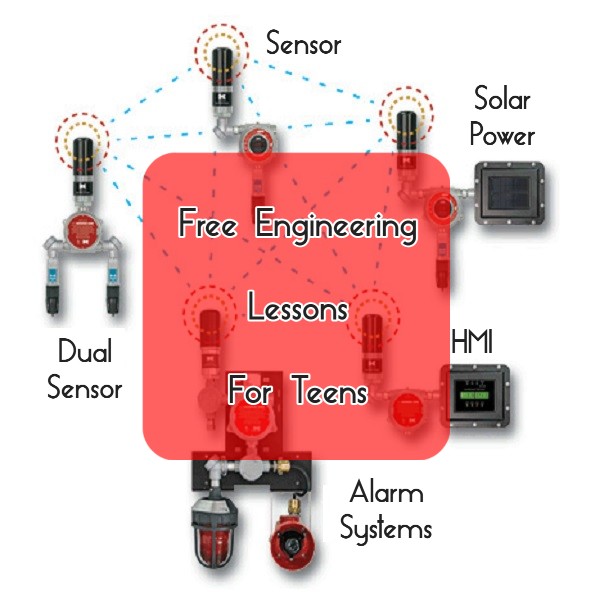
Questions
- What is a sensor?
- How do actuators work?
- What are some common types of sensors?
- In what ways are actuators used in robotics?
- Research Question: Find out how sensors are used in smart homes.
Buy me a Coffee
I would be honoured if you’d buy me a digital coffee to express your thanks for this Mechatronics Course I’ve put together to help eager minds excel in their knowledge, learning and success.
Your kind donation makes it possible for me to continue creating amazing content and fulfil my dream of keeping the majority of what I make FREE and Ad FREE!!!
Thank you from the bottom of my heart, and abundant blessings to you!
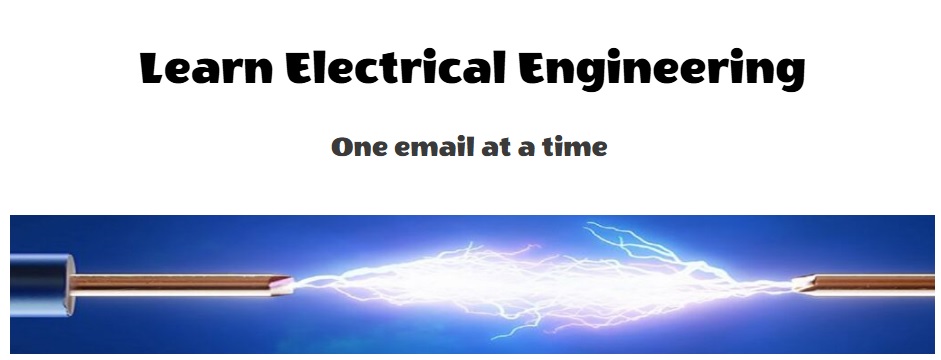
Join students and professionals
from across the world increasing their knowledge of Electrical Engineering.
One email at a time
We never send spam or give your information to anyone, Privacy Policy here.
